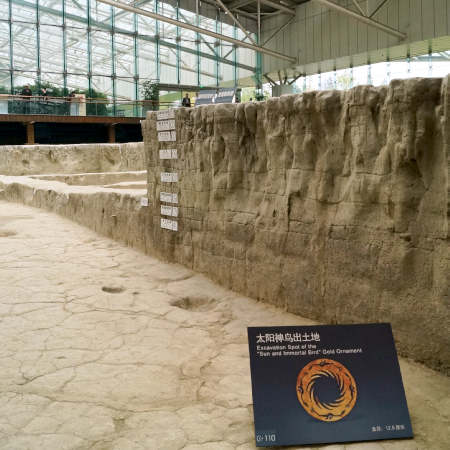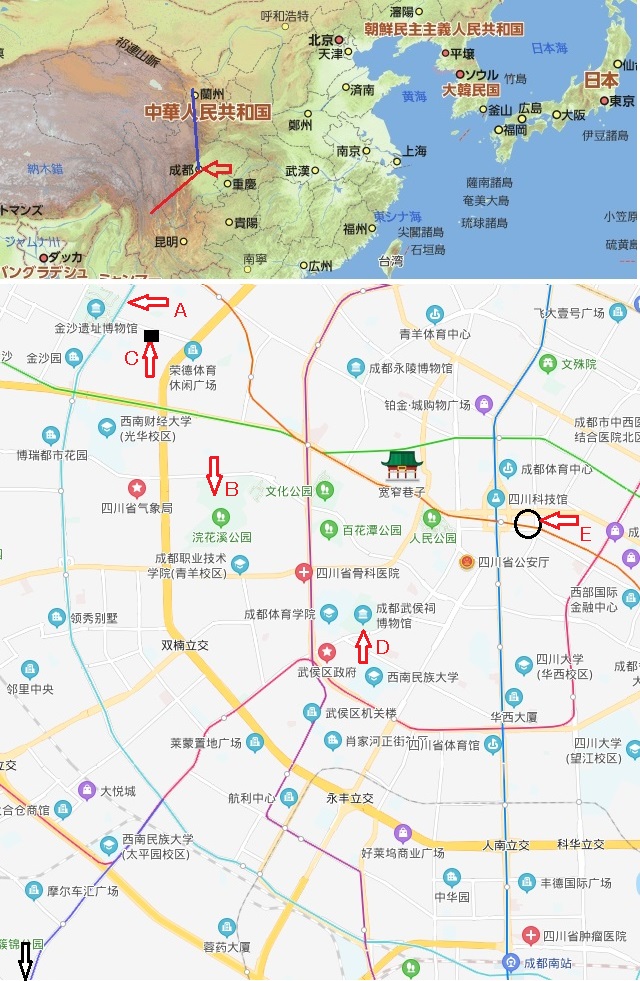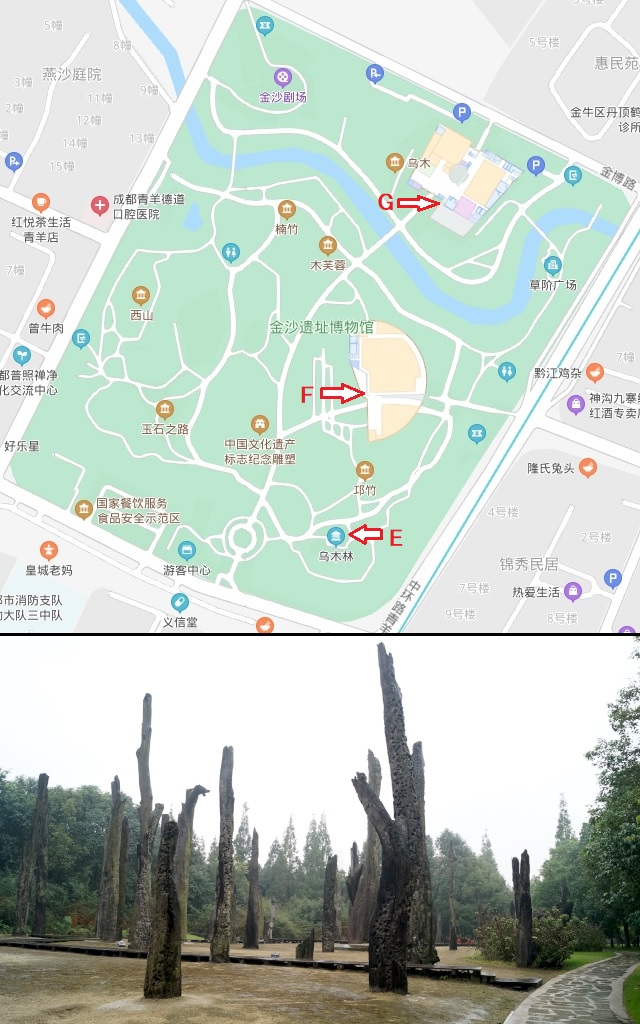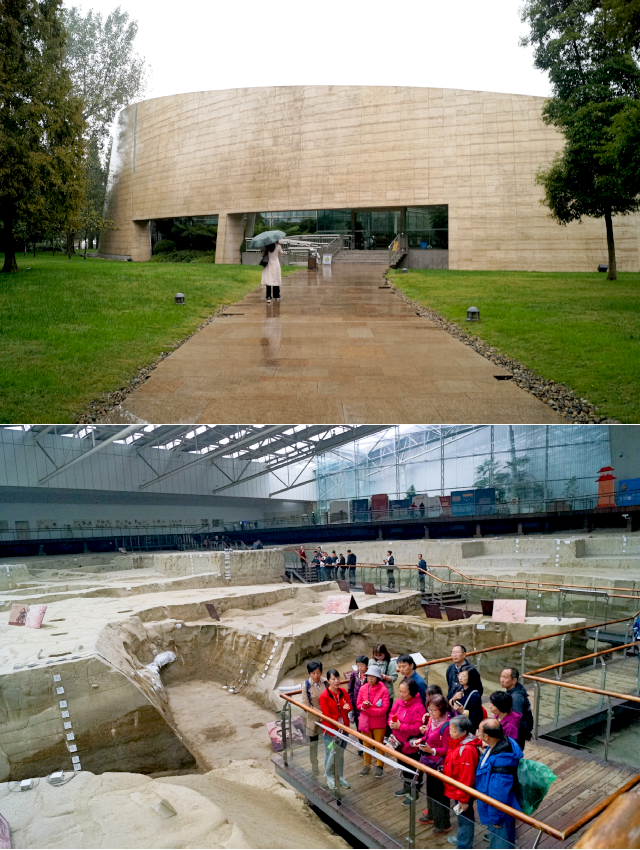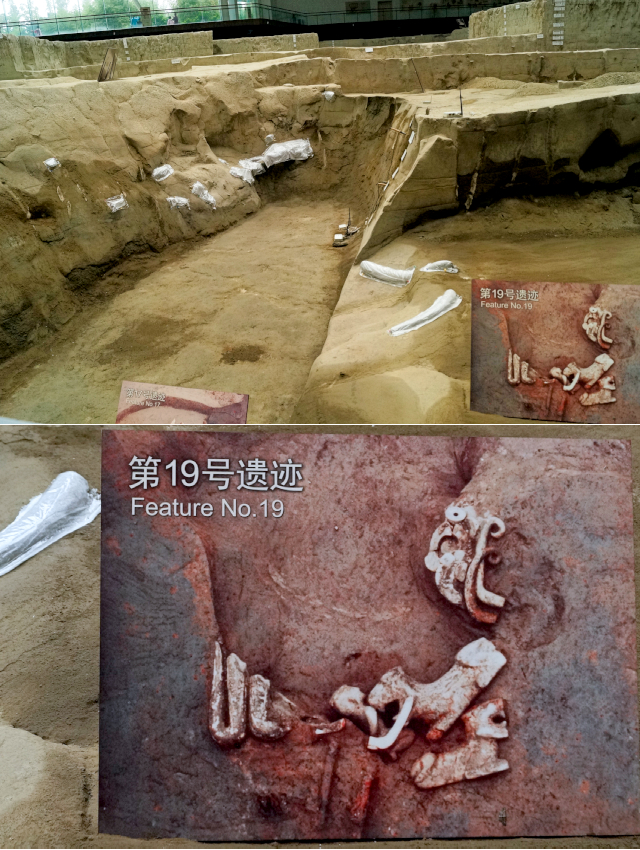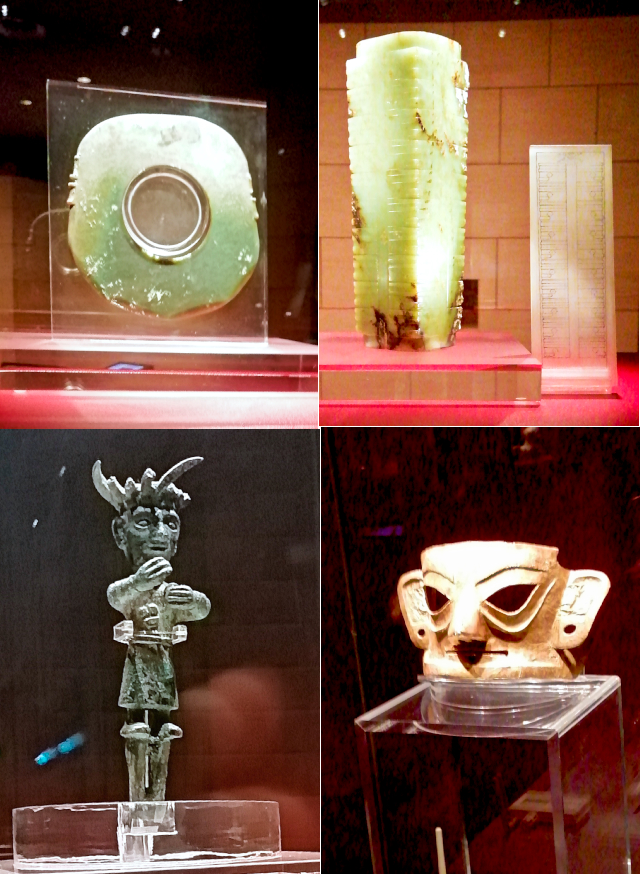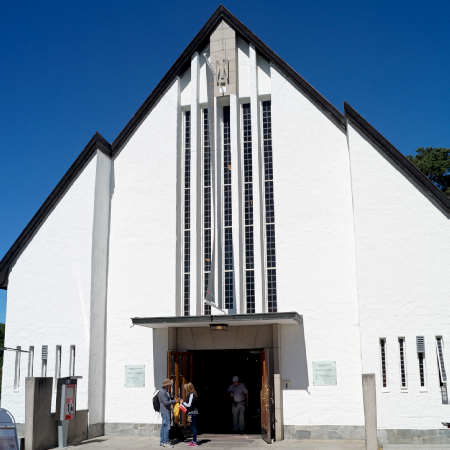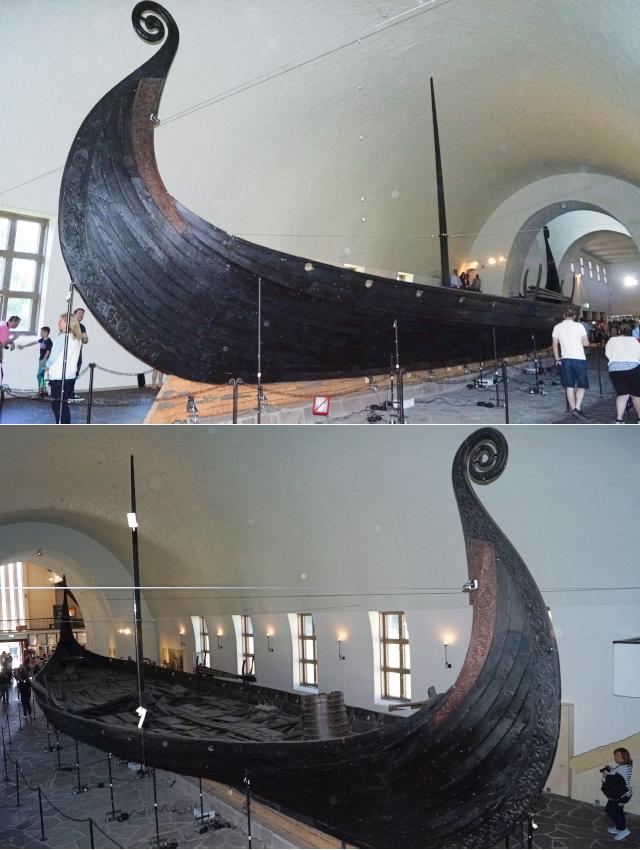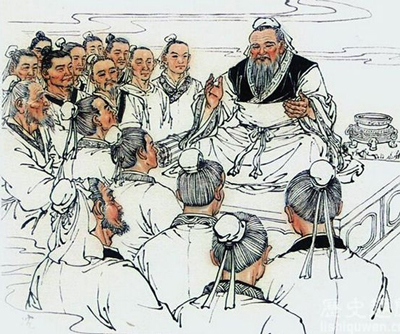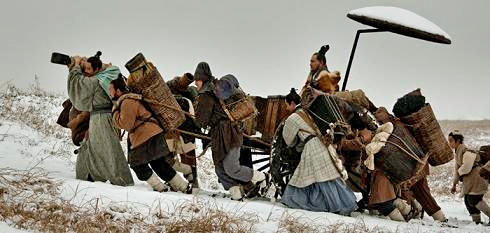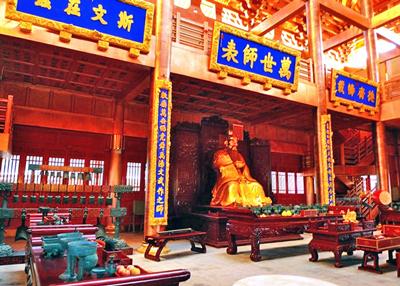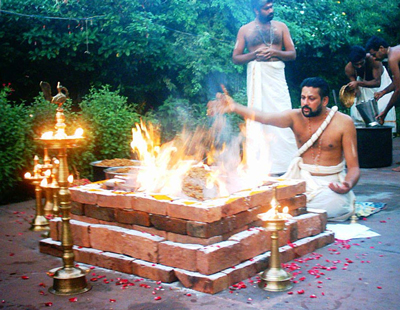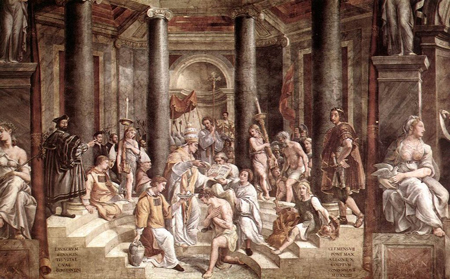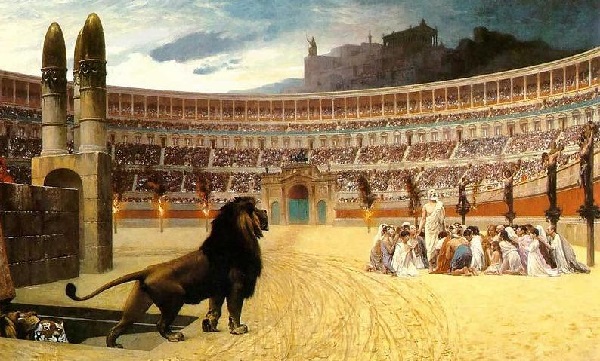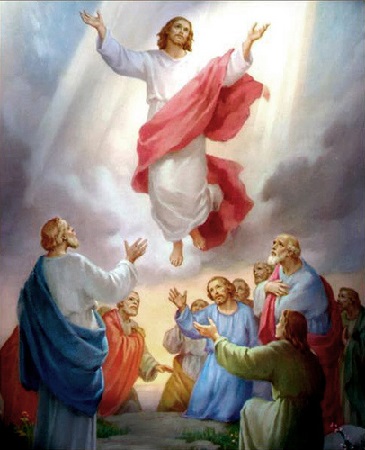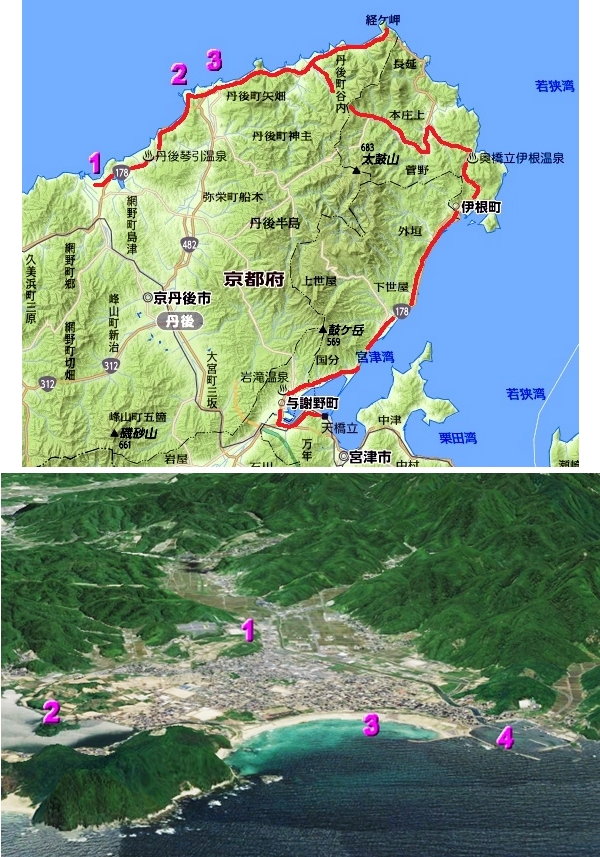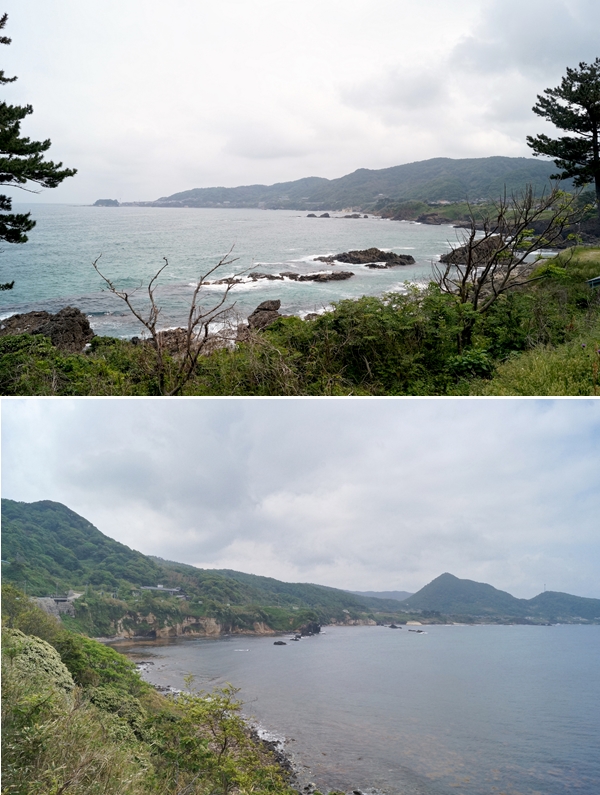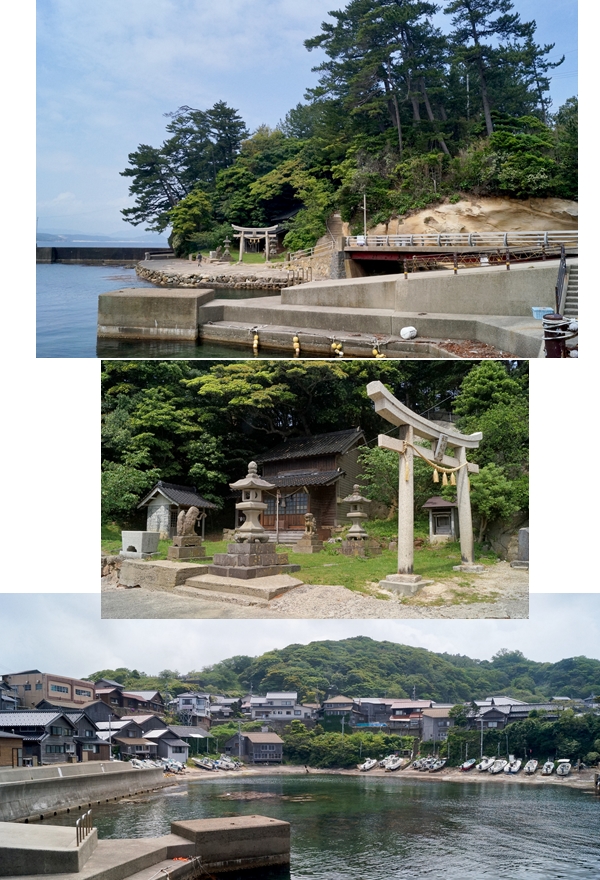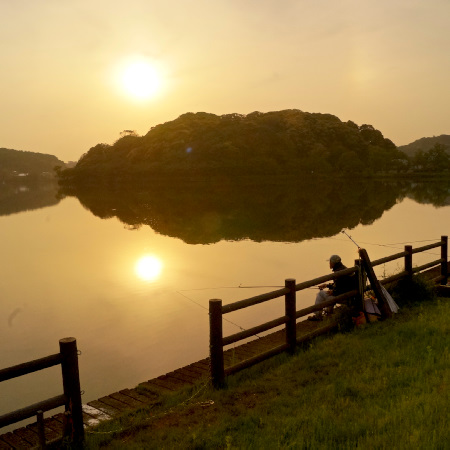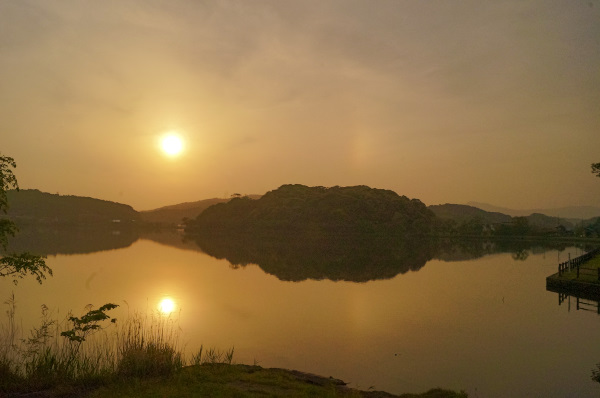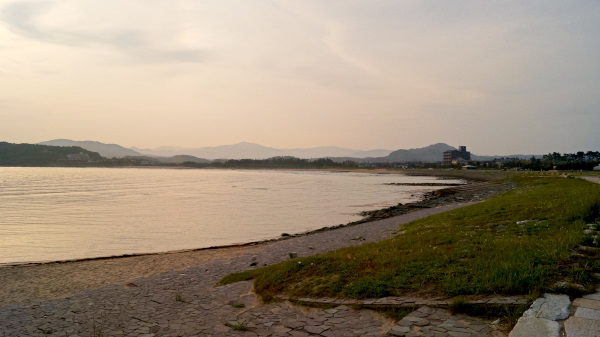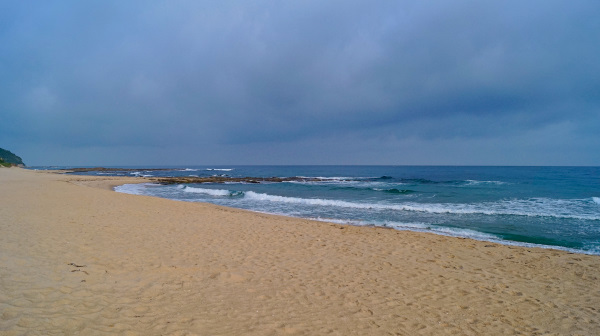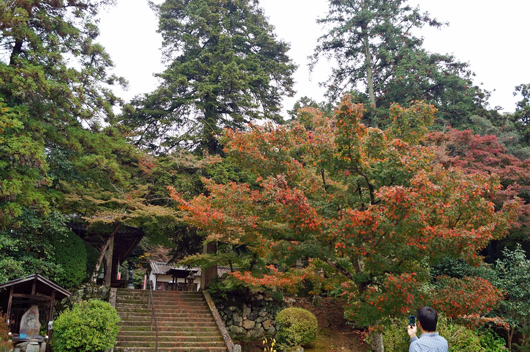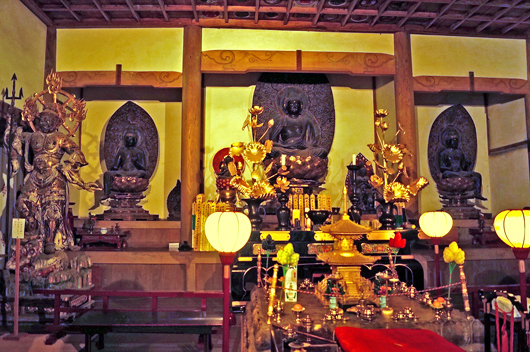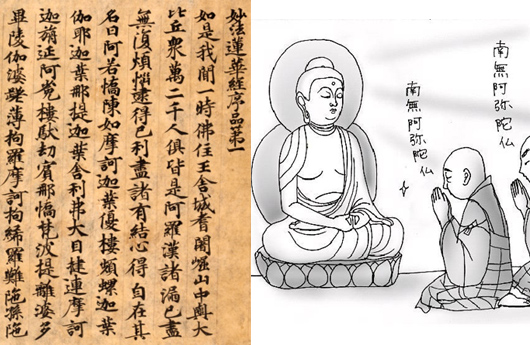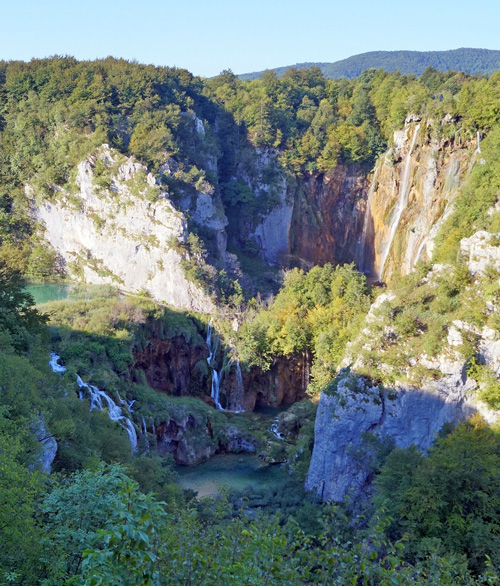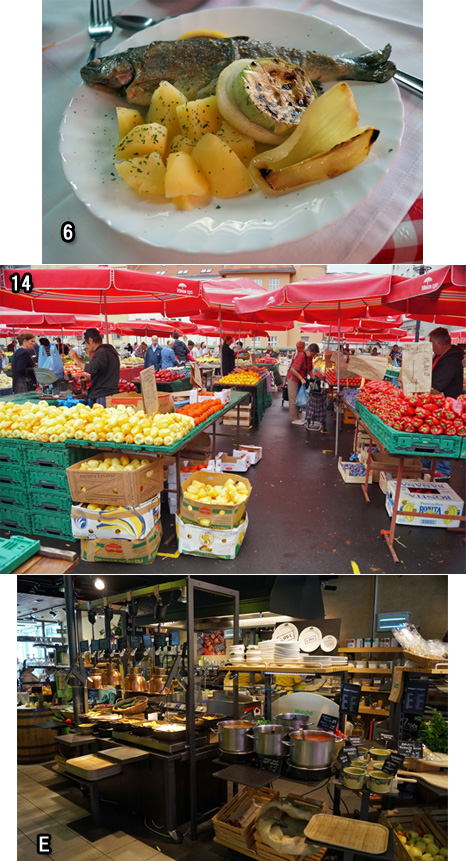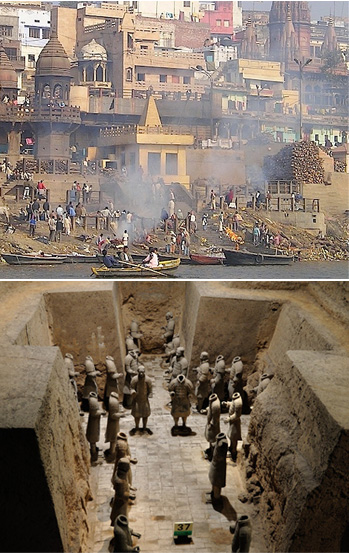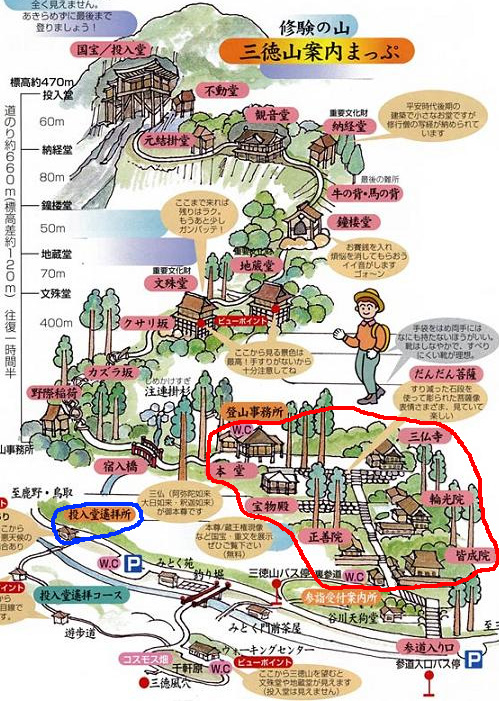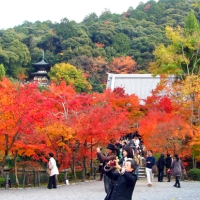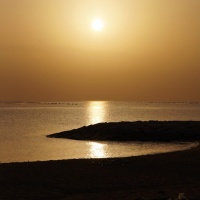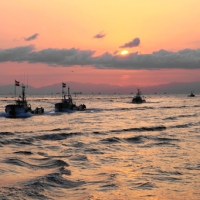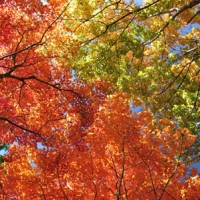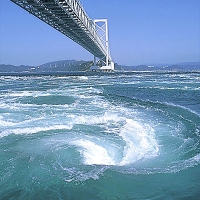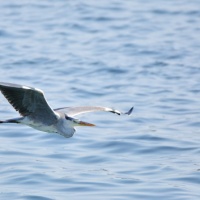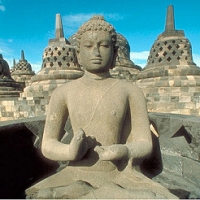クロアチア・スロベニアを巡って 18: ドゥブロブニクの不思議 4
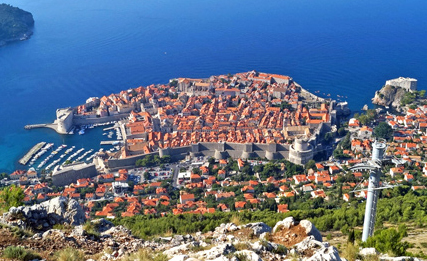
< 1. Dubrovnik >
< 1. ドゥブロブニク >
I see how Dubrovnik coped with the situation change, and what happened in Europe.
This is my last entry in the theme.
今日は、ドゥブロブニクが情勢変化にどのように対応し、またヨーロッパに何が起きたかを見ます。
これで終わります。

< 2. Neum of dusk >
< 2. 夕暮れのネウム >
Skillful diplomacy of Dubrovnik
Hungary kept a patron of Dubrovnik in place of Venice from 1359 until it suffered a crushing defeat by the Ottoman Empire in 1526.
However, Dubrovnik continued to reject the dispatch of governor from Hungary, and started to pay tributes to the Ottoman Empire in 1458.
Because of this, Dubrovnik was allowed for the commercial activity in Balkan and other conquest places, became a counterbalancing power against Venice, and was at the height of the prosperity in the 15-16th century.
Furthermore, in 1699, it devolved territory Neum (photo 2) to the Ottoman Empire and assumed it a shield to the Venice navy.
Small town Neum of a shore belongs to a territory of Bosnia and Herzegovina currently, and has made Dubrovnik the enclave of Croatia.
Here was our accommodation, and I introduce it later.
ドゥブロブニクの巧みな外交
ハンガリーは1359年からベネチアに代わり、1526年にオスマンに大敗するまでドゥブロブニクの庇護者であり続けた。
しかし、ドゥブロブニクはハンガリーからの総督派遣を断り、1458年にはオスマンへの朝貢を開始した。
これによりオスマンからバルカンや他の征服地の商業活動を認められ、ベネチアと対抗するまでになり15~16世紀にかけて全盛期を迎えた。
さらに1699年、領地ネウム(写真2)をオスマンに譲り、ベネチア海軍への盾とした。
海岸の小さな町ネウムは、現在、ボスニア・ヘルツェゴビナ領で、ドゥブロブニクを飛び地にしている。
ここは私たちの宿泊地で、後で紹介します。

< 3. The Mediterranean Sea >
< 3.地中海 >
1: Dubrovnik 2: Venice 3: Genoa 4: Constantinople(Istanbul) 5: Alexandria 6: Lisbon 7: Ceuta 8: Athen 9: Rome 10: Jerusalem.
1: ドゥブロブニク 2:ベネチア 3: ジェノバ 4: コンスタンティノープル(イスタンブール) 5: アレキサンドリア 6: リスボン 7: セウタ 8: アテネ 9: ローマ 10:エルサレム
What decided the outcome of Genoa and Venice?
The two countries continued the East-West trade through Ethiopia of Christianity country and Egypt of the Islamic power (annotation 1).
However, this decrepit Islamic dynasty practiced the monopolization of spice in 1428, and the price jumped up.
The purchase price from Egypt increased to approximately 1.5 times than before, and became 16 times in comparison with the direct purchase from India.
On the other hand, Genoa defeated by Venice found its way into the Atlantic Ocean, and joined with Portugal.
Portugal that had accomplished Reconquista (annotation 2) captured Ceuta of the opposite shore in 1415, and aspired to trade with India around the west side of Africa.
At last, it became possible by Vasco da Gama’s expedition in 1498
In the early 16th century, most of the spice did not arrive at Egypt from India.
Thus, Venice that had been proud of its prosperity by the monopoly fell rapidly.
Spain participated in it and since the Age of Geographical Discovery began, Genoa survived by banking
ジェノバとベネチアの明暗を分けたもの
両国はイスラム勢力(注釈1)のエジプトやキリスト教国のエチオピアを通じて東西交易を続けていた。
しかし、弱体化したこのイスラム王朝は1428年、香辛料の専売制を始め、値段が跳ね上がった。
エジプトからの購入価格は従来の1.5倍以上、インドでの直接購入に比べ約16倍にもなった。
一方、ベネチアに敗れたジェノバは以前から大西洋に活路を見出し、ポルトガルと手を組んでいた。
レコンキスタ(注釈2)を成し遂げていたポルトガルは、1415年、対岸のセウタを攻略し、アフリカの西回りでインドとの交易を目指し、1498年、ヴァスコ・ダ・ガマの遠征で可能にした。
16世紀初めには、エジプトにインドから香辛料はほとんど入荷しなくなった。
こうして、独占で隆盛を誇ったベネチアは急速に没落していくことになる。
スペインが参加し大航海時代が始まるとジェノバは銀行業で生き残った。

< 4. Renaissance fine art. By “Web gallery of art” >
< 4.ルネサンス美術。「Web gallery of art」より >
Two shocks of Europe
One of them is the beginning of the Age of Geographical Discovery, as we have seen already.
The other one is the beginning of Renaissance.
Greek classical study flowed out to Italy from the declined Byzantine Empire, and Renaissance flowered in Italy by combining with cities that prospered in trade
The Greek classical study was popular from ancient times in Byzantium, and was also spreading to Islamic world.
Knowledge of Islamic world and the Greek classical study were introduced to Europe via Spain already.
After this, European development shifted to the west and north of it along with the Age of Geographical Discovery, and Italy became an economical undeveloped area in the middle of the 17th century.
Three maritime republics of the Mediterranean Sea died out by the armed forces and cannon of Napoleon before long.
ヨーロッパの二つの衝撃
この内の一つ、大航海時代の始まりを既に見ました。
もう一つはルネサンスの始まりです。
衰退していくビザンティンからギリシャの古典研究がイタリアに流出して行き、交易で栄えた都市と相俟って、イタリアでルネサンスは開花した。
ビザンティンでは古来よりギリシャの古典研究が盛んで、それはイスラム圏にも波及していた。
既にスペイン経由でイスラムの学問とギリシャの古典もヨーロッパに紹介されていた。
この後、大航海時代と相俟ってヨーロッパの発展は西部と北部に移り、17世紀半ばにはイタリアは経済の後進地となっていた。
やがてナポレオンの軍隊と大砲によって地中海の三つの海洋都市国家は滅んだ。

< 5. Torre de Belen in Lisbon >
< 5. リスボンのベレンの塔 >
Thing that I think about this history
Venice made the Byzantine Empire weak by the sea power, and got full prosperity, but it hastened the expansion of the Ottoman Empire and came to cut its throat.
Genoa was defeated by Venice, found its way into the west, and got good luck.
Small Dubrovnik didn’t depend on the sea power, and crossed between great nations by the trade and the diplomacy.
I think to be because this city had tolerance that absorbs different ethnic groups and heathenism since the beginning.
In the world, there are many examples that small countries fight desperately between great nations, such as Israel, Korean Peninsula and Vietnam.
But the success example of Dubrovnik was rare.
I introduce sightseeing spots from the next time again.
この歴史から思うこと
ベネチアは海軍力でビザンティンを弱体化させ東地中海で隆盛を極めたが、これがオスマンの膨張を早め、自滅に繋がった。
ジェノバはベネチアに負け、西方に活路を見出し、幸運を掴んだ。
小さいドゥブロブニクは海軍力に頼らず、貿易と外交で大国の間を渡り歩いた。
これは、この都市が元々異民族や異教を受け入れる度量があったことによるのだろう。
世界には、大国の狭間で小国が悪戦苦闘する例がイスラエル、朝鮮半島、ベトナムなど数多くある。
しかしドゥブロブニクの成功例は希有と言える。
次回より、観光地を紹介します。
Annotation 1: The Ottoman Empire of Islam isn’t included in the Islamic power.
Annotation 2: Reconquista was the continued war that Christian expelled Islamic power that invaded since 711 year from Iberian Peninsula.
The war began at 722, Portugal completed it by 1290, and Spain did it in 1492 by falling Granada.
Through this process, both Portugal and Spain kingdoms were formed.
注釈1: ここではイスラム教のオスマンをイスラム勢力に含めていない。
注釈2: レコンキスタは、キリスト教徒が、711年イベリア半島に侵入したイスラム勢力を駆逐するために行なった国土回復運動です。
戦いは722年に始まり、ポルトガルは1290年に、スペインは1492年グラナダ陥落で完了した。この過程で、ポルトガル・スペイン両王国が成立した。
参考文献
「イスラーム歴史物語」後藤明著、講談社刊。P177,193,227,245.
「東西文明の交流 3、イスラム帝国の遺産」島田襄平編集、平凡社刊。P199,215,217.
「東西文明の交流 2、ペルシアと唐」山田信夫編集、平凡社刊。P395,427.
「図説 世界の歴史4、ビザンツ帝国とイスラーム文明」J.M.ロバーツ著、創元社刊。P105,109,185.
「世界の歴史 8、イスラーム世界の興隆」佐藤次高著、中央公論刊。P277,313,331,341.
「世界の歴史 11、ビザンツとスラブ」井上浩一著、中央公論刊。P19,157,163,185,201.
「世界の歴史 16、ルネサンスと地中海」樺山紘一著、中央公論刊。P79,p115.
「歴史入門」 フェルナン・ブローデル著、太田出版。P49.
「中世西欧文明」ジャック・ル・ゴフ著、論創社。P123,217.
「クロアチアを知るための60章」柴宣弘著、明石出版。P47.
「旅名人ブックス84、クロアチア・・・」日経BP刊。P29.
「図説 大航海時代」増田義郎著、河出書房新社刊。P49.
「知の再発見 黄金のビザンティン帝国」ミシェル・カプラン著、創元社。
「人類の歴史200万年」リーダーズダイジェスト刊。P155,126.
「図説 ビザンツ帝国」根津由喜夫著、河出書房新社刊。P70.
「ヨーロッパ歴史地図」原書房刊。
「最新世界史図表」第一学習社刊。
「世界大百科事典」
「Wikipedia」の記事と多くの写真を使いました。
